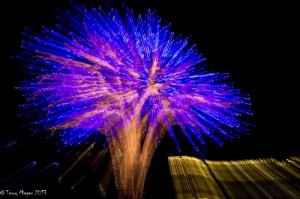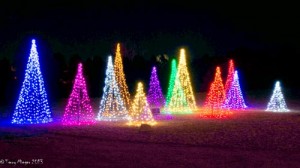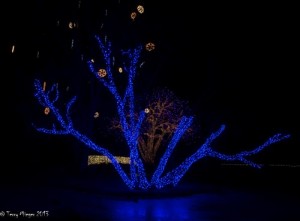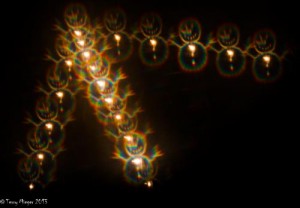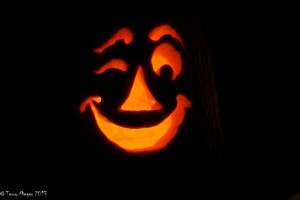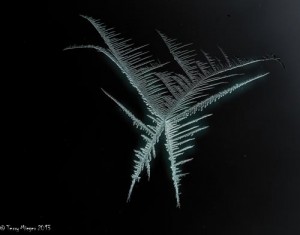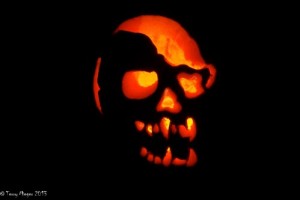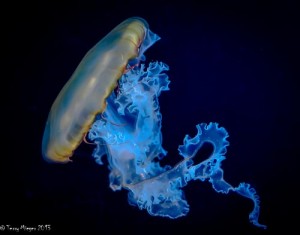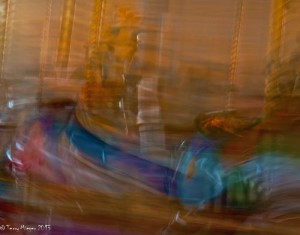Sometimes common sense should take precedence but our perception of what is common sense should be based upon success. Figure that one out. I guess the secret is to learn from others and use that in our own lives. To be successful in photography or if you just want to get better at photography, work at it. I have given you the basics of exposure that’s first step. Now to be specific let’s learn how to:
Photograph Holiday Lights- Holiday lighting consists of little bright dots in a sea of black. The automatic camera wants to see this as a neutral exposure with the average as gray. The camera will want a balanced histogram but this is one case where it needs to be weighted to the left to keep the darks dark. You probably don’t want the camera to make that choice for you.
First Rule of Lighting – Learn to use the exposure override adjustment. This is usually a button marked +/- on good cameras. Learn to adjust it quickly and easily. Practice. If my rule numbers seem confused don’t worry I don’t try to keep them straight.
Second Rule – Use a tripod and remote release such as a cable release, because you will be varying the exposure through a wide range and it makes it possible to use a low ISO for quality.
Third Rule – Take your time. You will want to experiment with different exposures and some other ideas we will discuss later. Take the time to try different thing out of your box. DON’T go with someone who is in a hurry to get through.
Fourth Rule – Shoot RAW
Fifth Rule – In this situation use the LCD to see the exposure not the histogram.
Sixth Rule – Dress warm. I found fingerless gloves for about $4
I will give the exposure information for these examples and some antidotes.
Number 1 is at ISO 100 f-4.5 and 4.0 sec. This simulates where the camera would set the exposure.
Number 2 is ISO 100 f-16 and 4.0 sec. Same shot but I like just a little bit of the grass showing. You could make the grass disappear by a little less exposure. This is a minus 2 f-stop reduction in exposure other words 1/4 of the light.
Number 3 is at ISO 100 f-16 and 1.0 sec. This is about minus 3 f-stops from the camera’s and needed very little software adjustment. It is 1/8 of the exposure the camera wants.
Number 4 is at ISO 400 f-22 and 0.7 sec This is a new experiment which has some promise. It was taken through the lens of one of those “glasses” the concessions sell. I had to keep the f-stop opening small because of the small size of the “filter”
The Title Shot is more advance but easy to attempt. It is an in-camera double exposure zooming during the second exposure. Each exposure was ISO 100, f-11 and 2.0 sec. One last thing – As you get better, start using the camera’s manual mode. Once learned this will actually become quicker and easier. It will be very surprising to you how many photographs need a tweaking of the exposure. From now on we will be looking at specific shoots and how to succeed.


